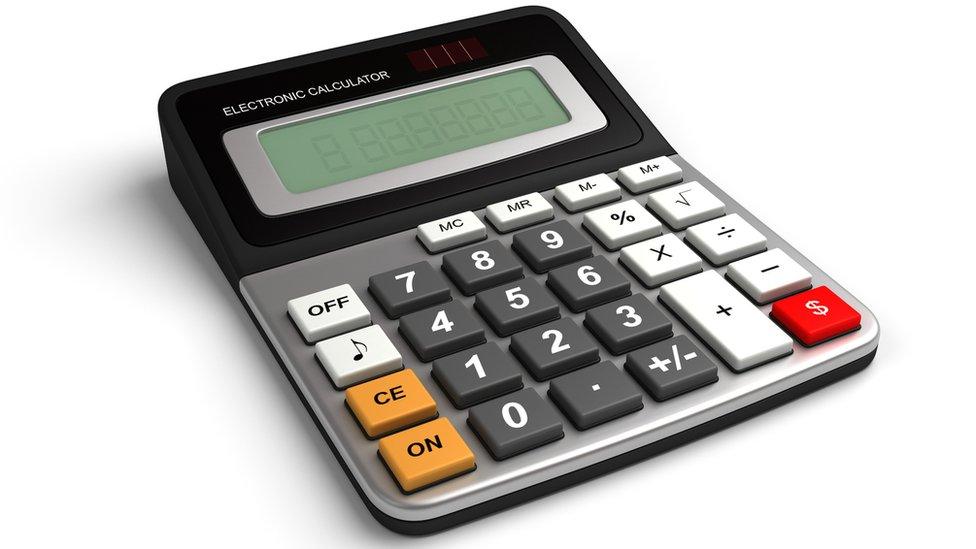Pension jackpot for many baby boomers
- Published
- comments

Older people's income has received a massive boost from private and workplace pensions in the last 40 years, official statistics show.
In 1977, only 45% of retired households received income from a private pension, compared with 80% last year, the Office for National Statistics (ONS) said.
As a result, the income gap between those only getting the state pension and other pensioners had grown.
Overall, incomes have grown faster for older people than for the young.
The disposable income of retired households grew at 2.8% a year since 1977 after accounting for the rising cost of living and changes to household composition, compared with growth of 2.1% in non-retired households.
Much of the recent debate over a generational divide has centred on the future of the state pension and the fairness of its "triple-lock" guarantee of annual rises. This ensures an increase in line with earnings, inflation, or 2.5%.
This report by the ONS, external instead puts a spotlight on the effect of other forms of pension for household incomes, particularly revealing the benefits of final-salary pensions.
Excluding the state pension, it shows that those with a private pension had average pre-tax income (also including wages and investment returns) of £19,000, which is 14 times higher than those who did not receive any private or workplace pension income.
Adding the state pension and the effect of taxation cuts the gap. However, the disposable income of retired households with a private pension in 2016 was still £27,800 - higher than the £17,200 of those without a private pension.



Pension poverty was rife in the 1970s. The ONS said that four-fifths of retired households had an income that was the equivalent of less than £10,000 now. Only 4% of retired households now have an income of less than £10,000.
Workplace and private pensions have been key to that shift, but so have pensioner benefits including the state pension.
Anna Dixon, chief executive at the Centre for Ageing Better, said: "We have seen a dramatic and necessary reduction in pensioner poverty since the 1970s. Being financially secure is a key part of a good later life.
"However, these averages mask inequalities. In particular, the growing disparity between those who have been able to save into a private pension and those who have not."
Outlook for the younger generation
So, incomes in the last 40 years have grown thanks to final-salary pensions, yet the next generations of pensioners are unlikely to have access to this type of pension. Separate figures published on Tuesday show that final-salary pension funds were in a collective deficit of £180bn by the end of July.
Instead of being linked to their salary, their pension is much more likely to depend on the success of how savings are invested.
Automatic enrolment means that workers aged 22 and over and earning at least £10,000 are signed up to a workplace pension. By the end of March, nearly 7.7 million people had been automatically enrolled into a pension scheme.
Living longer
Patrick Bloomfield, of Hymans Robertson, said that this was a good platform for pensioners of the future, but it currently ensured "thoroughly inadequate levels of saving".
He said politicians' eyes were open to the need to increase this saving, but he argued that the state pension age needed to go up, and working lives extended, as we were all living for longer.
A Department for Work and Pensions spokesman said: "It's welcome news that the disposable income of retired households is increasing, but there is still more to do to ensure that tomorrow's pensioners have the income they want in later life.
"We have reformed the state pension to make it simpler and fairer and thanks to the introduction of automatic enrolment, over eight million people are saving or putting away more into a workplace pension."
- Published6 August 2017

- Published19 July 2017

- Published27 April 2017

- Published28 October 2016
